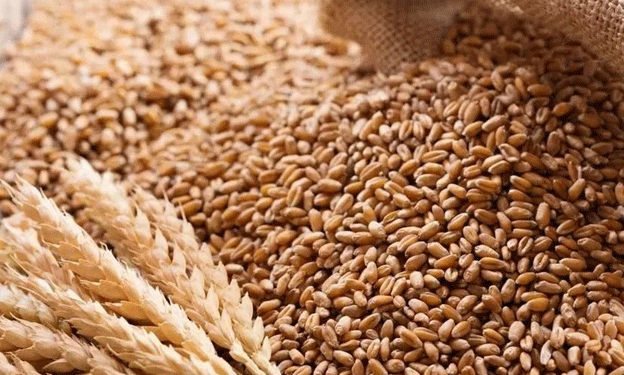As global agricultural markets navigate shifting dynamics, recent data reveals a troubling trend for Russian grain exports. From September 1 to 20, 2024, Russia exported 4.09 million tons of key grain varieties, an 18.7% decrease compared to the same period last year, according to the Russian Grain Union’s monitoring. This decline is particularly pronounced in wheat and barley shipments, raising questions about the future of grain markets and food security worldwide.
Key Findings on Grain Exports
- Wheat Shipments:
During the first three weeks of September, Russia shipped 3.75 million tons of wheat, marking a 10.8% drop from the previous year. This reduction in exports has narrowed the geographical reach, with wheat exports now going to only 30 countries, down from 46 in 2023. Notably, there have been no shipments to key markets such as Mexico, Indonesia, Sudan, and Pakistan, which previously imported substantial volumes. - Changing Buyers:
Despite the overall decline, some countries have increased their imports of Russian wheat. Egypt emerged as the largest buyer, boosting purchases by 23.6% to over 1 million tons. Conversely, significant declines were noted in shipments to Turkey, which dropped by 70% due to ongoing import restrictions. Other countries such as Bangladesh and Saudi Arabia also saw reductions in their Russian grain imports by 60% and 48%, respectively. - Barley and Corn Exports:
Barley exports plummeted 2.6 times to 257,000 tons, while corn shipments fell by half to 82,000 tons. Tunisia has become a notable buyer of barley, receiving 75,000 tons, a stark contrast to the previous year when there were no shipments to the country. - Port Activity and Export Dynamics:
The number of companies exporting wheat has more than halved, with only 38 active exporters compared to 78 last year. Additionally, the number of ports utilized for grain exports has decreased from 46 to 43, highlighting a contraction in the export infrastructure. The port of Novorossiysk remains the primary export hub but has seen a 5.5% decline in shipments compared to last year. - Market Prices and Economic Implications:
Despite the export challenges, there has been an uptick in wheat prices on international markets, with French wheat prices rising by 1.7% to $246 per ton and American wheat prices increasing by 2.5% to $248 per ton. In contrast, Russian wheat prices (FOB Novorossiysk) have decreased to $217 per ton, creating a discount relative to European prices, which could influence future export volumes.
The decline in Russian grain exports during September 2024 raises critical concerns for farmers, agronomists, and agricultural engineers. The shift in buyer dynamics, coupled with reduced shipping activity and changing market prices, highlights the need for stakeholders to adapt to evolving global agricultural trends. As the demand for wheat remains robust, particularly from certain countries, there may still be opportunities for recovery in the export sector. However, the current data underscores the importance of monitoring these trends closely to ensure food security and economic stability in the agricultural sector.
Error




